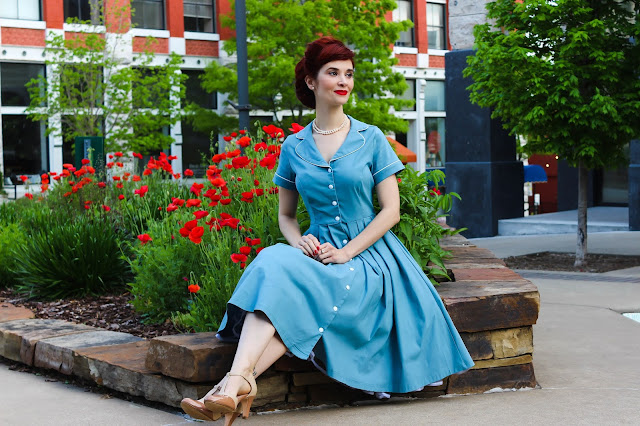There's an interesting little tree around here whose wicked thorns were the bane of my barefooted childhood. It is called a Locust tree. And like the ancient biblical stories in which Charleton Heston rained misery and giant grasshoppers down on Yule Brenner, these trees were a plague upon our farm and my toes.
Although many people consider this a native plant, it is in fact a colonizer. The black locust tree first made its way across Europe, and later America, thanks to the work of a French royal gardener named John (some texts say Jean) Robin who brought the tree to Europe in the 1600s. It is today one of the most widespread feral trees in the world. Attaboy, John/Jean.
As a reward for John Robin's contribution the genus of the locust tree is called Robinia. Of course, I would rather read a story about him as a sort of Johnny Appleseed character. If I were writing the story I'd call him Jean Blacklocustseed or some such, and tell the tale of his barefoot journey. In my version of the story he is accosted by highway men who steal his shoes and rough him up. His appearance is now quite shocking, but he must press on.
JB comes to an inn so footsore he can hardly walk, but they refuse him a room because of his shabby appearance. So, he knocks on every door along the road asking for a comfortable place to sleep and is refused each time. In a fit of spite he sows the seeds of a tree whose thorns will punch right through the soles of even the toughest of shoes thus forcing the people along his journey to one day feel the pain that he does. The End. Ok, it's not great, but I'll keep working on it.
In spite of its awful thorns, this tree does have some food benefits and a forager need only wait until springtime to find it. Blossoms. Beautiful white blossoms so fragrant and sweet you can smell the intoxicating scent from several meters away. The blossoms look much like sweet pea flowers and are very sweet with a slight crispy crunch.
This particular variety of locust tree is the black locust, not to be confused with the honey locust. While the two varieties are similar in many ways, the seed pods of the honey locust are edible and the seed pods of the black locust are toxic. This is why proper identification of foraged plants is so important--mistakes can be deadly.
One of the things I love about foraging this blossom is the beautiful aroma and I don't want to rush. I like to take my time and drink it in for a while before I fill my basket and return home to get to work serving and preserving my foraged harvest.
Black locusts can reach up to 70ft/ 21m tall, so it's not uncommon for the blossoms on these trees to be out of reach. I have to look carefully for a tree with low branches so I can gather as many sweet flowers as possible and I always seem to find a few on these little hillsides.
I can't exactly tell you why I love foraging for wild foods. It gives me a sense of accomplishment, as though if times were tough I'd be one step closer to not just surviving but thriving. Maybe it's silly, but I enjoy it.
There's also something to be said for the work itself, the searching, the securing, and returning home with a basketful of yummy things soon to be made into other yummy things. I never get this sense of accomplishment from sitting at a desk punching in numbers.
The locust tree only blooms for a week or so in the late spring/early summer so once those flowers appear, there's no time to lose. I picked one gallon of flowers. This year, I've made a little locust syrup and some locust fritters dusted with powdered sugar seem like the perfect springtime picnic food. The locust fritters are quite simple to make. Start by rinsing 1/2 gallon of the blooms. Then combine 1C flour, 1/2 tsp salt, 2T sugar, 1 egg, 1/4C yogurt, 1/2C water, 2T lime juice and mix all together. Then heat a skillet with oil deep enough to fry in. Then drag the blossoms on the stem through the batter and coat both sides. Fry in hot oil until brown. Sprinkle powdered sugar on top and serve hot.
These locust blossom fritters were so good! They taste like fresh donuts. We did pull the stems out as we ate them though, they were a little too tough to chew. As for the rest of the blossoms I decided to make locust blossom syrup which is also quite simple, but I'll save the syrup making for another post.
And, before we close this post today, I thought I'd give you a little pic that shoes the difference between black locust and honey locust leaves.
Of course, when in doubt, it's better to not eat a wild food than risk accidental poisoning. You should really be certain you've correctly identified a plant before using it in food or tinctures.
Outfit Info: Chelsea Dress in Sweet Home from Bernie Dexter, Headband from: SHEIN


































































